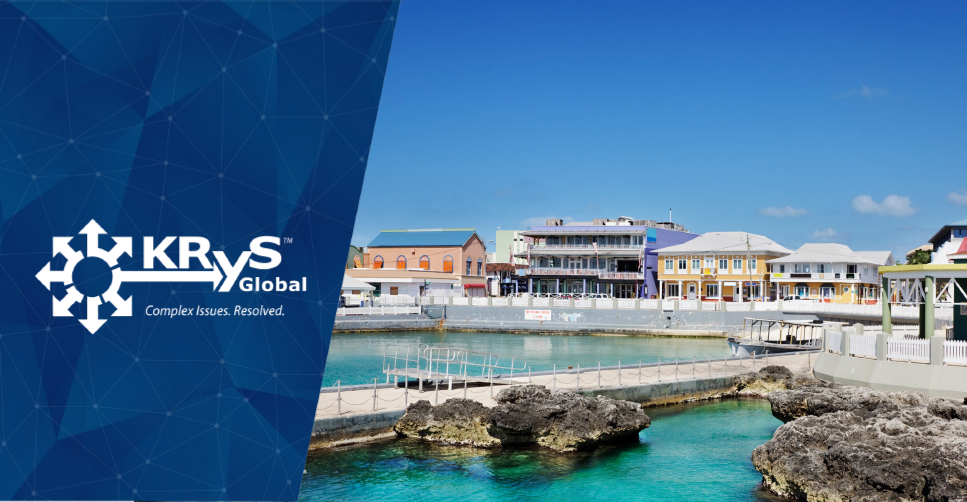

Since 2010, the Global Law Experts annual awards have been celebrating excellence, innovation and performance across the legal communities from around the world.
posted 3 years ago
Originally posted on Offshore Red in June 2019
Corporations that (or individuals who) find themselves victims of fraud, or are embroiled in disputes about their investments, have to consider some thorny issues. How can they get their money – or at least some of their money – back? Whom can they hire to help them get the money back? How much will it cost? How will they pay for those costs? Do they have financing options? Angela Barkhouse, the managing director at the international asset recovery firm of KRyS Global in the Cayman Islands, has the answers.
When the fraud or dispute is international, the costs of litigation are far higher than otherwise. The stricken bank or other corporation, moreover, might want to hire some professionals to help it recover the monies that it has lost. If so, these professionals ought obviously to be experienced litigators on a global scale. If the stricken corporation hires the right people at the outset, it will recover its assets well and avoid expending funds on the wrong legal strategies.
In cases of fraud or the wilful default of debt – both of which often entail a hunt for assets throughout the offshore world – the victim in question might be reluctant to pay professional fees for fear of “throwing good money after bad.” In many such cases, the thought of having to litigate in obscure jurisdictions can fill the stricken corporation (always worrying that the costs of taking the initiative might outweigh the benefits) with trepidation.
Companies often do not want to cause their shareholders grief by adding litigation and asset recovery expenses to their profit and loss accounts before they have recovered any monies at all. They also often count litigation expenses as annualised costs, while treating the receipt of awards as one-off extraordinary gains that might appear a few years hence.
It is also necessary to consider the time frame of typical recoveries, depending on the complexity of the case as well as the jurisdiction. In even a relatively simple matter, a recovery can take between 3 and 5 years before the money comes in. The possibility of incurring significant litigation costs while awaiting an uncertain recovery can also make shareholders and individuals reluctant to run the risks inherent in litigation and pursue such claims.
In cases where many and varied problems and jurisdictions are involved, the stricken bank is more likely to command its international fraud and asset recovery practitioners to “have skin in the game” and be able to provide funding arrangements in-house. If it does not, it runs the risk of hiring a creative and bullish attorney but an external funder who is unpersuaded by the risk – or, conversely, hiring an inexperienced attorney and an external funder who decides to pull out because the whole operation has failed so far to recover anything, or because of overly expensive legal bills.
The global landscape for asset recovery has developed in recent years and the funding options available to victims and their advisors have expanded as well.
Although this is good news for stricken banks and other companies that want to recover assets, it also means that anyone who considers these options ought to be more careful about hiring the best professionals in sight – people with the right specialised skills, years of experience and ingenuity to pursue the assets. The first factor that such a firm ought to consider is the resources that it has. In my experience, there are four options.
Option 1. If you have the monetary resources, you might consider hiring an asset recovery team on an hourly basis. This will mean that on receipt of a recovery, you maintain 100% minus the costs of litigation. This, however, also means you run the risk of having to pay spiralling legal costs (including adverse cost orders that the courts might make) while also being unsuccessful in your claim.
Option 2. If monetary resources are tight, you can bring in an advisor on a contingent or deferred-fee basis, connecting or tying his compensation to the final result. Alternatively, you might bring in an external funder to cover the out-of-pocket expenses to the claimholder in exchange for a portion of the recoveries from a legal claim (whether by settlement or award). The benefit of this is that the payment
of fees is linked to the success of the recovery. However, as the service provider or external funder is assuming the risk of failure, the amount of compensation for that service is higher, thus reducing the amount of the award/recovery that you can expect as the plaintiff/claimant.
Option 3. You can combine options 1 and 2.
Option 4. A sale or assignment of the causes of action is also a possibility. That permits you to monetise assets or come to an arrangement by which you share in the future recovery.
No matter which option the wounded corporation prefers, it will benefit by being able to concentrate its capital resources on the business itself, maximising profits for its shareholders and promoting growth, rather than taking on potentially expensive and lengthy legal proceedings. If the injured party is a high-net-worth individual, he does not have to bear the cost of litigation out of his own pocket, particularly if his funds have already been depleted by the wrongdoing or tort in question.
Increasingly, firms such as mine are providing all of the above options in-house, with flexible fee arrangements tied to the results of litigation.
For example, in one situation our preliminary findings identified the misappropriation of assets from a government-owned entity. The plaintiff/claimant was finding it difficult to take his case to the courts of that country because, in his eyes at least, the judiciary was corrupt. He also lacked the funds to pursue a recovery (or recoveries) overseas. We agreed to an assignment of the claim and are proceeding to investigate the wrongful act, trace the ultimate destination of funds and pursue recovery of those funds in return for a share of future recoveries.
In another example, a client had attempted to enforce a judgment award of US$15 million (including interest) over a period of 8 years with little success. To make matters worse, the original respondent had since died. We discovered that assets were likely to exist in the United Kingdom and that a transfer of assets was made to somebody’s daughter, who also resided in the UK. The client had reached a stage of ‘litigation fatigue’ but was keen to monetise his-or-her ‘litigation asset’ and shift the risk of pursuing more litigation onto someone else’s shoulders.
In this instance we acquired the relevant judgment or ‘asset’ and are working in conjunction with similarly minded results-oriented attorneys to recover the value of the judgment.
It is worth noting that not every company that investigates fraud and recovers assets has the skill or the wherewithal to provide clients with a results-oriented service. At larger consultancy firms, this may be due to internal structural constraints and inappropriate strategies and fee structures that prevent it from “going outside the box,” in the parlance of President George W Bush. At other firms, an absence of multijurisdictional expertise and strong partnerships with legal counsel in other regions might lower people’s appetite for risk when they think of pursuing such claims.
When a stricken bank has a fraud investigation firm and/or asset recovery firm in its sights and is weighing up its merits, it must be sure that the firm can adapt quickly to the changing demands that may arise on assignments of this nature. It is also worthwhile for the bank to identify the steps that the fraud investigation firm may undertake to maximise the possibility of a recovery.
The bank should consider whether the firm is able to undertake a comprehensive appraisal of all publicly available knowledge about any assets that might satisfy any court judgment that might flow from the potential claim. Not only is this important in and of itself; it also helps the bank compare the value of the assets that it might recover with the estimated costs. This, in turn, will help it evaluate risks, the financial capacity of the fraudster (or his network or other non-bona-fide purchasers of the assets) and the best possible jurisdictions in which to pursue recovery.
In one largely successful case, we pursued a strategy that involved litigation in an attempt to recover more than US$250 million that someone had lost as the result of a fraud. By working with lawyers who agreed to take on the assignment by means of a success-oriented compensation package, we were able to recover more than $140 million. Because we used a results-oriented law firm, we were able to explore and pursue certain claims that we would otherwise have had to forego.
Had we used a law firm that charged by the hour, the client would not have allowed us to proceed. It was, ironically, those extra claims that earned the client the most money in the end.
Angela Barkhouse can be reached on +1 345 815 8422 or at Angela.Barkhouse@KRyS-Global.com
Stay informed with the latest legal developments at Global Law Experts
Author

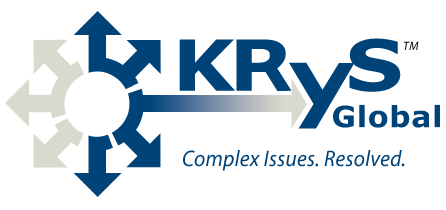
No results available
posted 24 hours ago
posted 2 days ago
posted 3 days ago
posted 4 days ago
posted 5 days ago
No results available
Find the right Legal Expert for your business
Global Law Experts is dedicated to providing exceptional legal services to clients around the world. With a vast network of highly skilled and experienced lawyers, we are committed to delivering innovative and tailored solutions to meet the diverse needs of our clients in various jurisdictions.

When your international business faces financial distress, quick action is key! 🔑 Negotiating with creditors, restructuring debt, and understanding insolvency laws can help regain stability. Global Law Experts is here to guide you through your options.
🌍Explore the details on our website.
🔗Link in bio
#GlobalLawExperts #CommercialLaw #BusinessLaw #LegalAdvice #BusinessGrowth #LegalTips #BusinessStrategy #LegalCompliance #Law #LegalKnowledge #LegalAwareness #Law101 #LegalEducation #IntellectualProperty
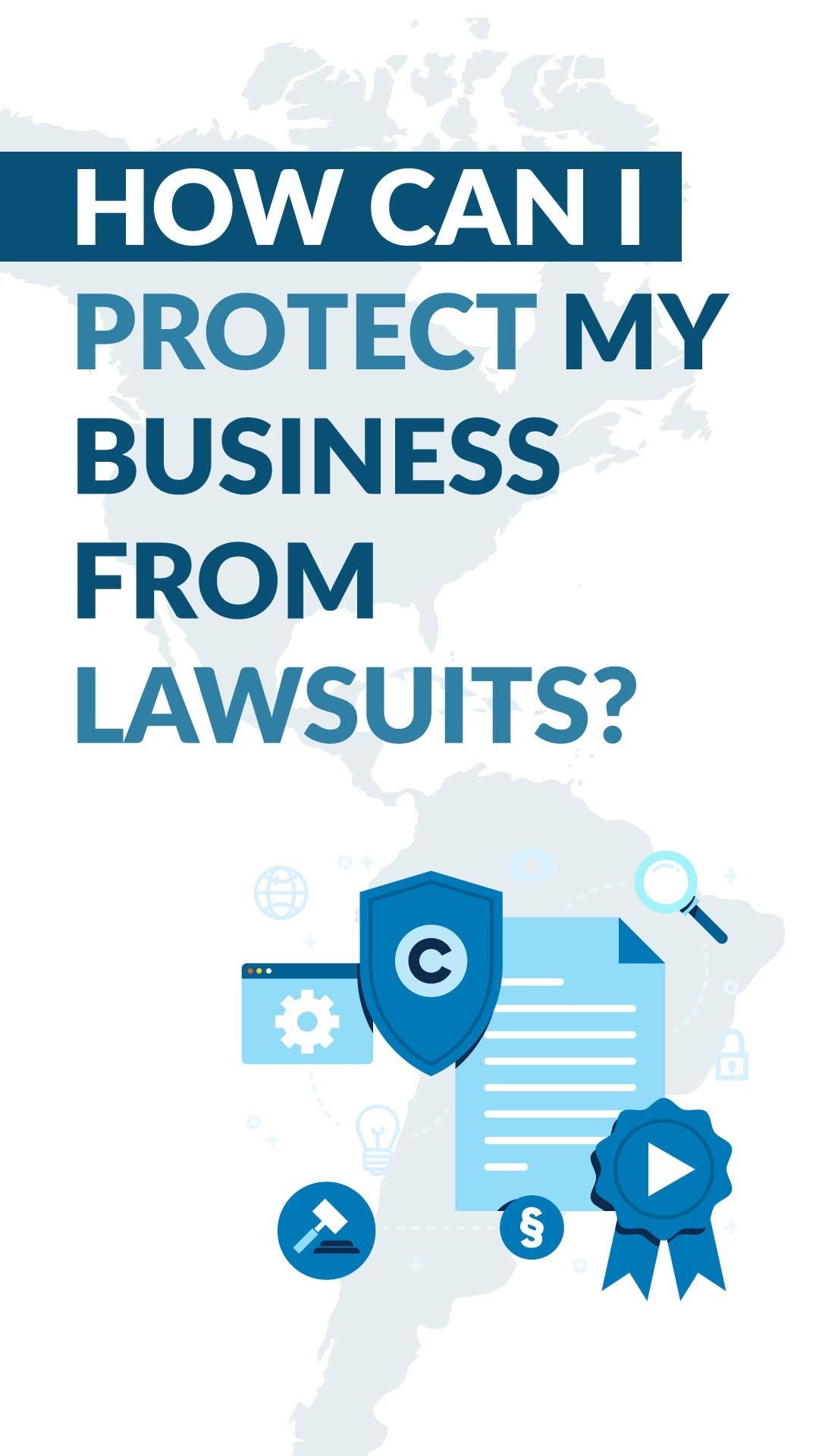
Running a business is hard enough — lawsuits shouldn’t make it harder. 🚫 Protect your business with the right legal strategies and expert tools from Global Law Experts. Let’s secure your future together! 💼
🌍Explore the details on our website.
➡️www.globallawexperts.com
#GlobalLawExperts #CommercialLaw #BusinessLaw #LegalAdvice #BusinessGrowth #LegalTips #BusinessStrategy #LegalCompliance #Law #LegalKnowledge #LegalAwareness #Law101 #LegalEducation #IntellectualProperty #Infringed #Ecommerce #LegalBranding
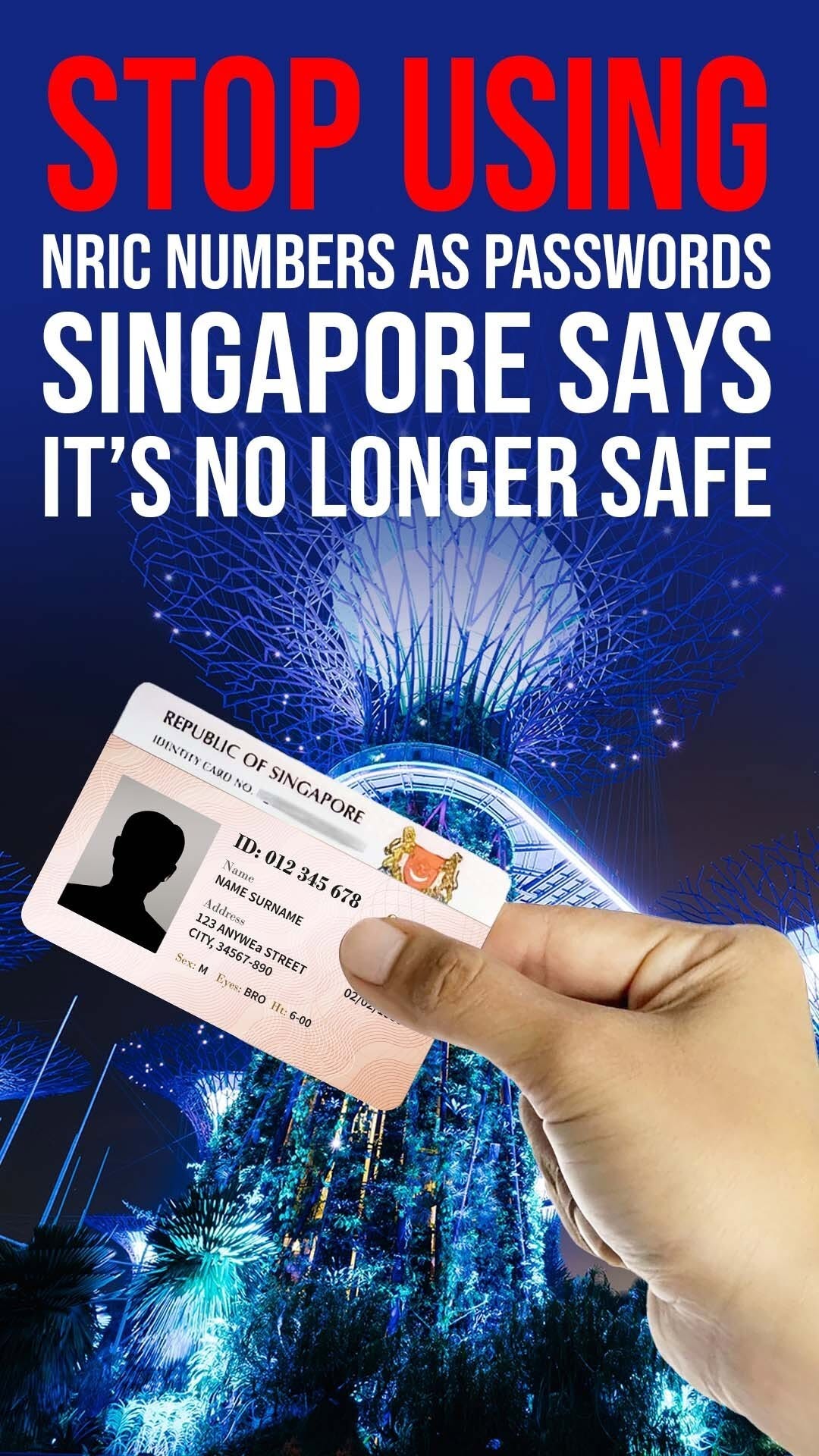
Using NRIC numbers as passwords or identity proof? That era is done. Strengthen your security with multi-factor authentication and biometrics—because your clients' trust depends on it.
#SingaporeLaw #DataPrivacy #CyberSecurity #PDPA #NRIC #MFA #StrongAuthentication #LegalCompliance #ClientTrust

Swiss law protects secured lenders—with precision. From real estate to IP and bank accounts, every asset counts—just as long as it’s defined, documented, and delivered.
#SwissLaw #SecurityInterest #Collateral #InternationalLending #SwissFinance #LegalCompliance #GlobalBusiness #AssetSecurity

Gold trading in Saudi Arabia isn’t just a business—it’s a lab test, a permit, and a legal tightrope. Want to succeed? Start with compliance, hallmarking, and permits—or risk losing it all.
#GoldTrading #SaudiLaw #PreciousMetals #BusinessSetup #LegalCompliance #GlobalBusiness #SaudiArabia #TradeRigour
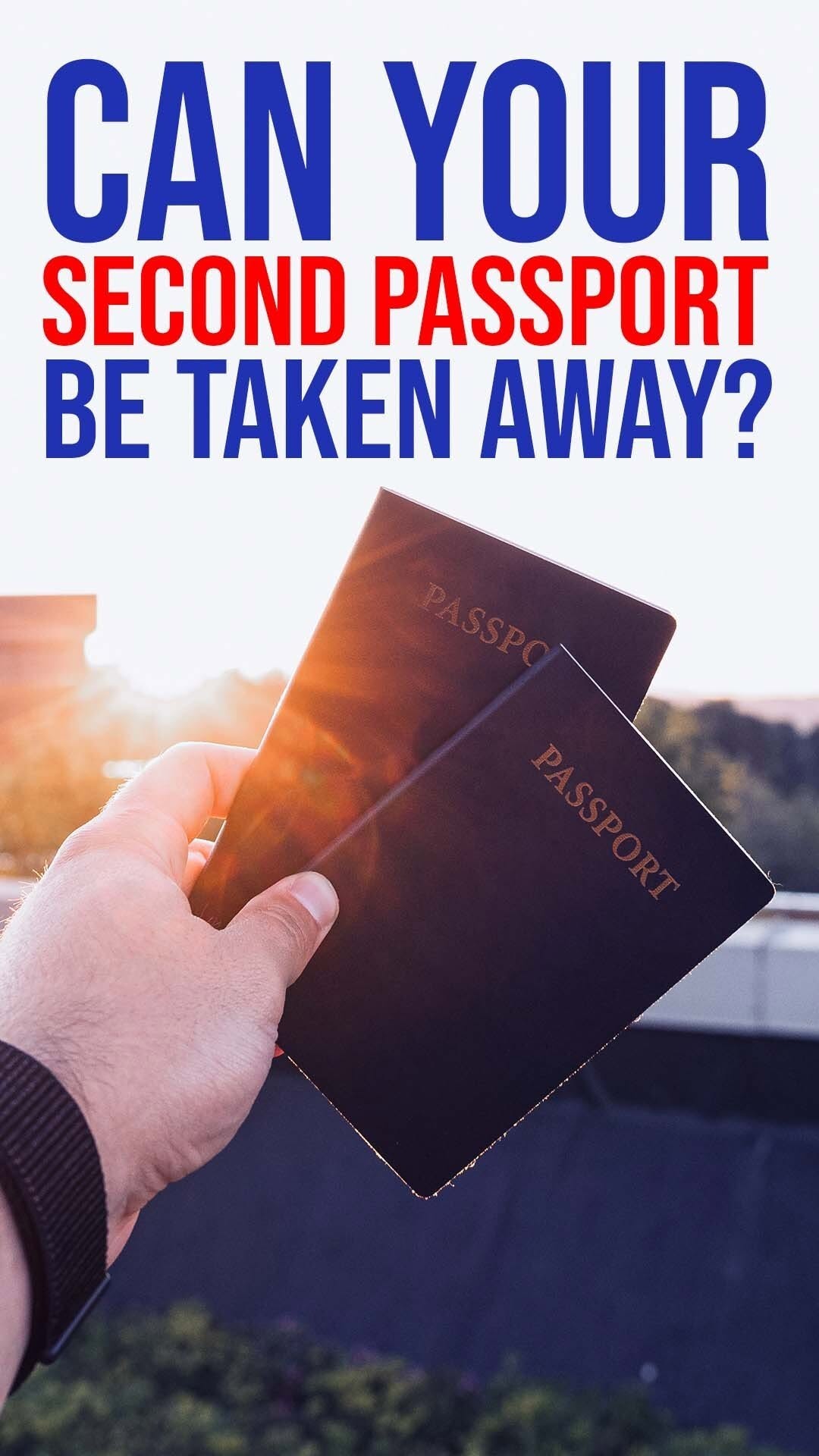
Second citizenship isn’t permanent—especially if you break the rules. Know the risks and how to safeguard your status: be transparent, stay lawful, and honour all citizenship requirements.
#SecondCitizenship #CitizenshipRisks #DualNationality #Compliance #GlobalMobility #LegalAdvice #ImmigrationLaw

Send welcome message